Tuesday, June 29, 2010
Polynesian Tattoos and their histories
When people think of getting tattoos, the type often considered are tribal. The origins of these designs are inspired by Polynesian tattoos. Although today, tattoos are mostly done with tattoo guns, the original and authentic tattoos in these regions were created in more primitive methods.
In Samoa, the techniques have basically remained unchanged for over two thousand years and the skill is passed down from father to son using tools consisting of boars teeth, turtle shell and wooden handle. For the men, it is like a right of passage and young men would endure the pain,from morning through night for a period of about 3 months to show their strength and bravery. Incomplete tattoos are viewed as a mask of shame. Although Christian missionaries attempted to stop such acts, viewing them as inhumane and barbaric, but Samoans resisted and the traditions continue to this day.
Hawaiian tattoos served as body art and distinction but also to protect their health and spirituality. Images of lizards, which were greatly respected and feared, and of the Hawaiian crescent fan (Peahi niu) for the highest-ranking members of society, dominated Hawaiian kakau. Intricate patterns, mimicking woven reeds or other natural forms, graced men's arms, legs, torso and face. Women were generally tattooed on the hand, fingers, wrists and sometimes on their tongue.
Maori - The full-face moko was a mark of distinction for Maori men, which communicated their status, lines of descent and tribal affiliations. It recalled their wearer's exploits in war and other great events of their life. The Maori chief Te Pehi Kupe said during a visit to England in 1826, "Europee man write with pen his name — Te Pehi's is here," pointing to his tattooed face. By the 1920s, the last of the tattooed men had died, but many women continue to wear moko until the middle of the century.
In addition to full-face moko, Maori men also wore puhoro, an intricate tattoo extending from mid-torso to the knees, which featured the characteristic design of a spiral on the buttock.
Information from PBS.org
Hibiscus flowers are the state flower of Hawaii and often used in tattoo designs
Honu (turtle) tattoo - representing long life and longevity.
In Hawaii, the Plumeria, often used in leis represents 'new life' and perfection, the coming together of everything good.
Subscribe to:
Post Comments (Atom)

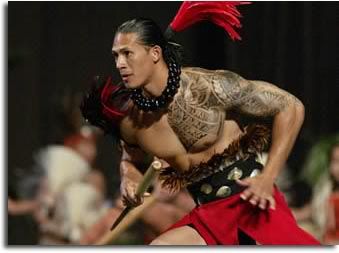

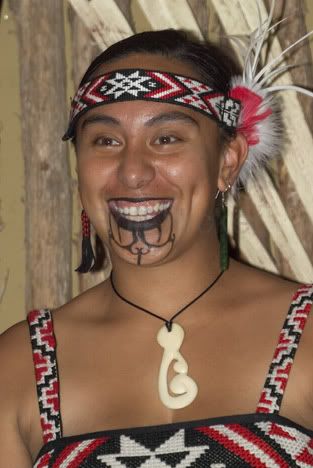
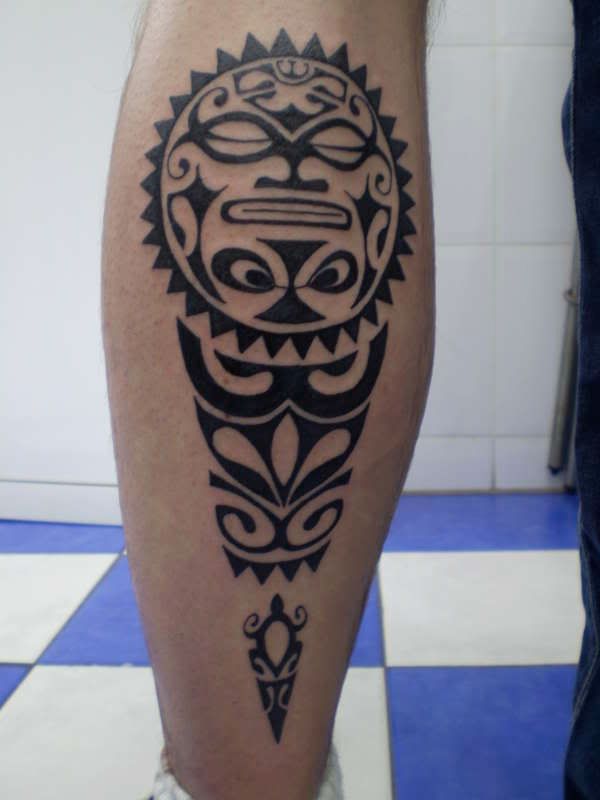
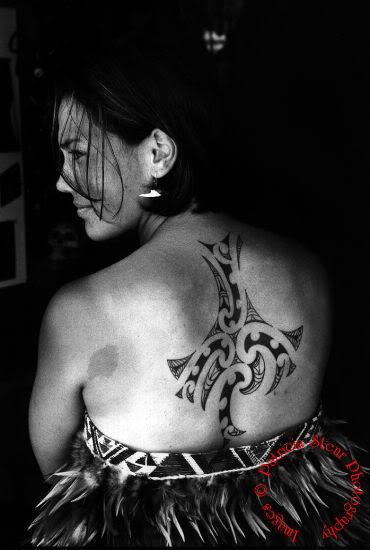
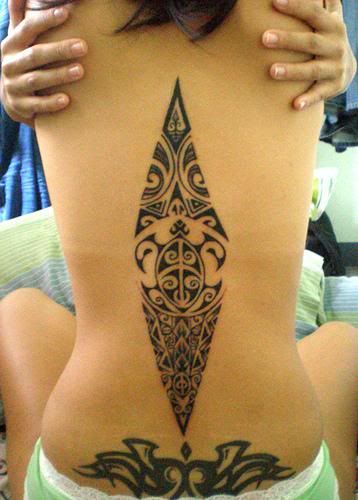

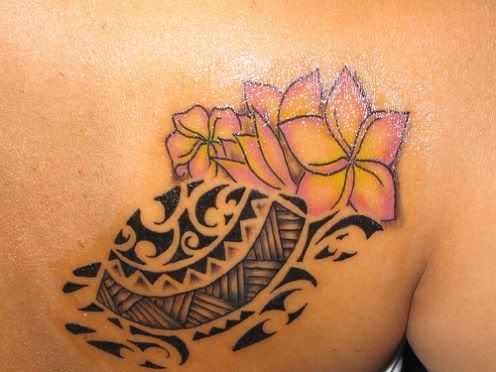
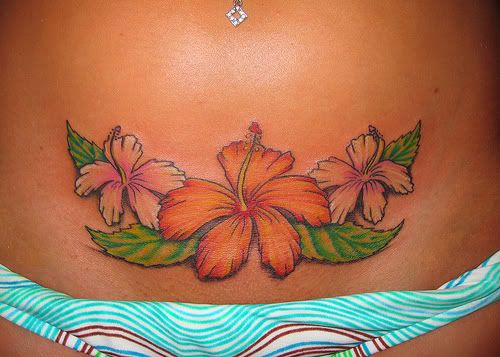
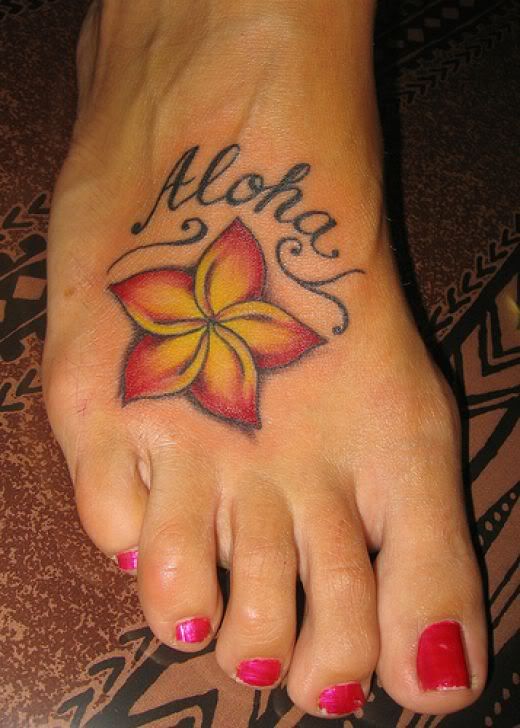

No comments:
Post a Comment